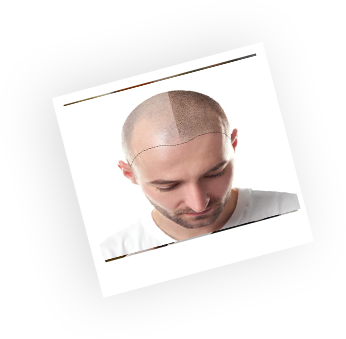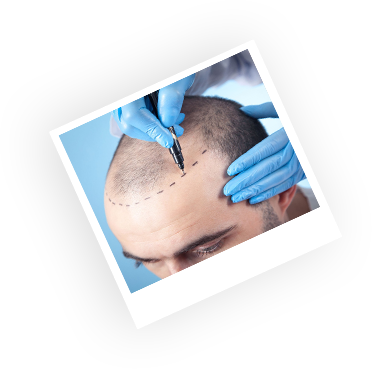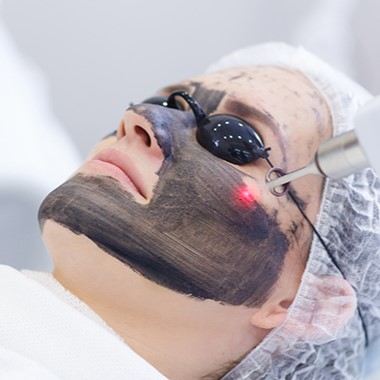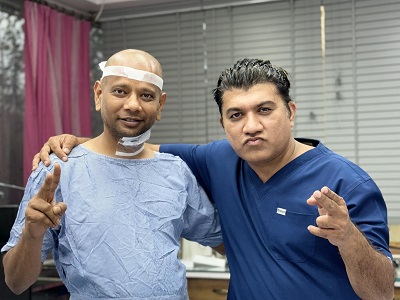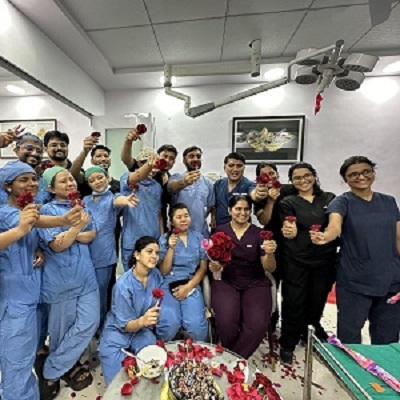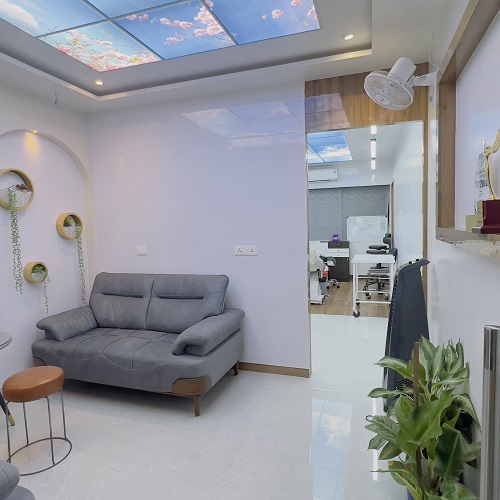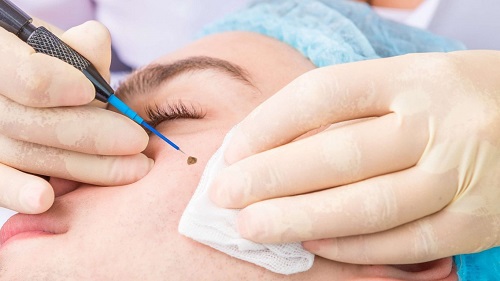
-
email
[email protected] -
WhatsApp
9096694007
The Right place For your hairs & skin


Gain a thorough understanding of your concerns to make informed decisions about the best treatment for your needs
Welcome to Skin and Hair Surgery, where your journey to healthier skin and hair begins. Our clinic is dedicated to providing top-tier medical and aesthetic treatments, combining advanced technology with compassionate care to deliver outstanding results.
Get in touch - Opening hours
-
Monday to Saturday
10:00 am - 08:30 pm
-
Sunday
10:00 am - 2:00 pm
Your Concerns
Our Treatments
Hairfall treatment
Effective solutions to combat hair
loss and restore confidence.
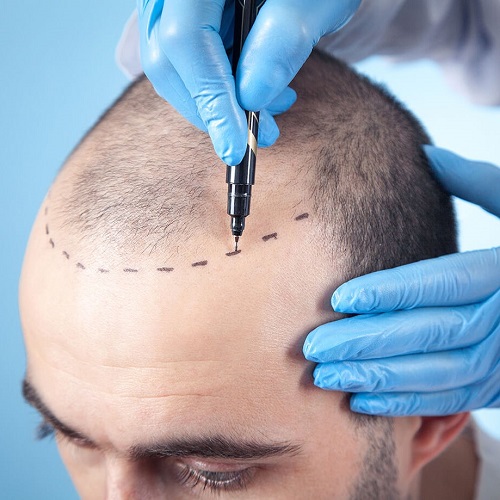
Hair Transplant
Natural-looking hair transplants for
a fuller, healthier appearance

Vitilogo treatment
Specialized care for managing and
treating vitiligo effectively.

Glowing skin care Routine
Comprehensive skin care solutions
for glowing, healthy skin.
Skin & hair
Experts Pradeep
Pradeep
Dr. Pradeep Kumari
Dr. Pradeep Kumari is sought out by patients and politicians, artists, actors, industrialists as well as who’s Who people from throughout India as well as around the world. After completing her postgraduation; she gathered experience and honed her craft from all corners of the world and trained under legendary plastic surgeons and dermatologist.
Book Appointment know more Nitin
Nitin
Dr. Nitin Jain
Dr. Nitin Jain is an internationally trained and highly experienced Dermato-Surgeon in hair restoration and Hair transplant surgeries. After completing his medical graduation as well as post-graduation, Dr. Nitin Jain has been practicing for over 15 years. He opted out of his extensive general dermatology practice to practice Hair restoration and Hair transplant surgeries in its full scope.
Book Appointment Know moreGlorious Years
Branches
Treatments
Happy patients
Skin and hair
Products
WHY CHOOSE SKIN AND HAIR SURGERY?
When it comes to enhancing your skin and hair, choosing the right clinic is crucial for achieving the best results. At Skin and Hair Surgery Clinic, we are dedicated to providing top-notch care and outstanding outcomes.
Call to book appointment 9096694007
TEAM OF CERTIFIED DERMATOLOGISTS
THE SURGEON’S EXPERTISE AND EXPERIENCE
HIGHLY STANDARDISED PROTOCOLS
1.5 LAKH+ HAPPY PATIENTS
BEFORE AND AFTER CARE
QUALITY & COST EFFECTIVE TREATMENT
Explore Our Top-Rated Treatments
Popular ServicesDiscover Their Road to Recovery
Real Patients, Real StoriesI had an amazing experience at Skin and Surgery International clinic in Pune. One of the best aesthetic clinics I have been to. Completely trust Dr. Nitin Jain and his team. The clinic manages to be friendly and relaxed. but also extremely professional. I am a very satisfied customer. From reception to staff to doctors, you'll receive 5-star service. The treatment I had on my dark elbow took 2 sessions, and the results were wonderful. This clinic is highly recommended for a visit.
- Sakshi Ghojage
My experience with Dr. pradeep Kumari has been really amazing. I’ve been visiting the clinic for the past 2 years and my results are great. My acne has cleared up and face has become brighter. Dr. Pradeep and rest all doctors very patiently listens to all my concerns and provides a detailed advice clearing all my doubts. My experience with the chemical procedures has also been very satisfying. All the doctors and staff there are very friendly and go to for any problems.
- Shobhana Garg
Our results
before and after


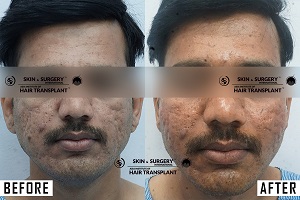
Read our BLogs
Explore InsightsWhere Are We
Located?Viman Nagar
2nd Floor, Tradenet Building, Above Maruti Showroom, Pune-Nagar Road, Viman Nagar, Pune
Kothrud
1St Floor, Nandan Pride, Above Body Basics and Ankur Travels, Near Domino’s, Karve Putala, Karve Road, Kothrud, Pune – 38
Aundh
1st Floor, Raviraj Apartment, Above Neeta Volvo, D.P. Road, Parihar Chowk, Aundh, Pune – 411007
